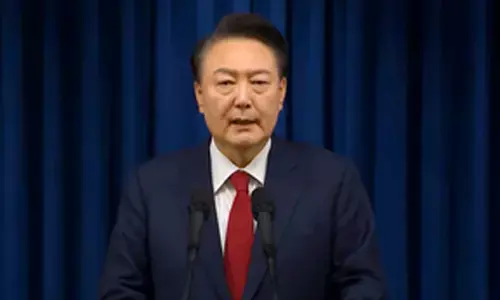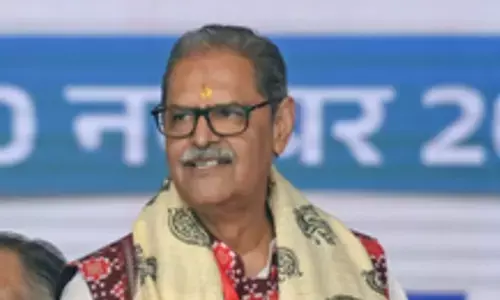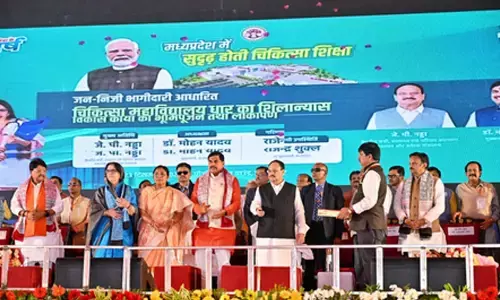Look at big picture

East Lake, one of the largest urban freshwater lakes in China, is eagerly waiting to receive its guest from the banks of Sabarmati River. The informal summit between Modi and Xi will be different when the two emerging world leaders meet later this month. The meet is said to have been mooted by China in September last year on the side lines of the BRICS summit in Xiamen.
East Lake, one of the largest urban freshwater lakes in China, is eagerly waiting to receive its guest from the banks of Sabarmati River. The informal summit between Modi and Xi will be different when the two emerging world leaders meet later this month. The meet is said to have been mooted by China in September last year on the side lines of the BRICS summit in Xiamen.
However, communication lines between New Delhi and Beijing began buzzing constantly after India conveyed to China that it had barred any official presence at the Thanksgiving event of Dalai Lama later this year. That was a positive vibe that came during 'the most sensitive and crucial times' for the two countries.
The 2017 Doklam standoff following China's misadventure pushed the Sino-Indian relations down to their lowest level. Since then, the decision-makers, academic circles and media of the two countries have focused on Beijing-New Delhi relations. Perhaps, Doklam was a godsend as the two sides deepened their understanding of the status and nature of Sino-Indian ties. A time had come for a serious rethink and the upcoming informal summit is an outcome of the same.
There are many controversial issues in Sino-Indian relations, most of them decades old. These include territorial disputes and Pakistan and Tibet issues. Strangely, Sino-Indian ties do not come under any international template to be resolved easily. Both the countries are rising fast and have gained access to the high tables across in the world of diplomacy.
Both are countries of a billion dreams and a trillion aspirations. The strategic indifference of China is well-known to India and the latter's strategic sensitivity towards the former is well-established. But, how long the two should refrain both from making amends and move ahead in these challenging times where every country is looking at doing business with everyone else. Unwarranted security burdens should no more be clung to when there are opportunities to be more pragmatic. Credit should also, perhaps, go to Donald Trump for pushing India and China to attempt to come together now.
The recent China-US trade conflict and the US one-sided ban of China's ZTE Corp remind China, India and other countries tell us that a strategic coming together would be in tune with the new world order, both political and economic. The Confidence Building Measures (CBMs) demand the setting up of a bilateral strategic dialogue mechanism to include official, semi-official and nongovernmental mechanisms that offer a chance for the two sides to explore some serious friendship.
The territorial disputes must be academically addressed, not politically discussed. This does not amount to allowing the border tensions to simmer for a longer duration, but to understand the problem to the benefit of both. Of course, India need not join the Belt and Road initiatives any sooner as those are meant solely to strengthen Beijing's clout over the world. But, cooperation in science and research field could certainly benefit both. Trade imbalances could be corrected sensibly if both sit together to thrash out differences. Today's world does not benefit anyone who seeks isolation.
















